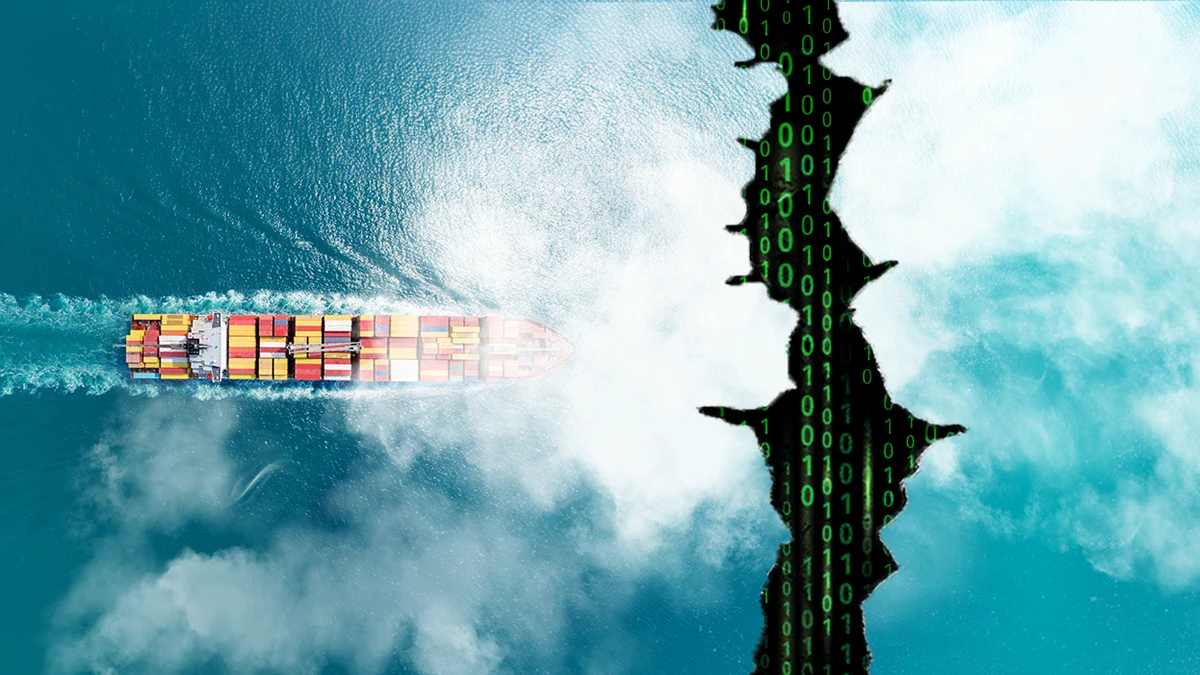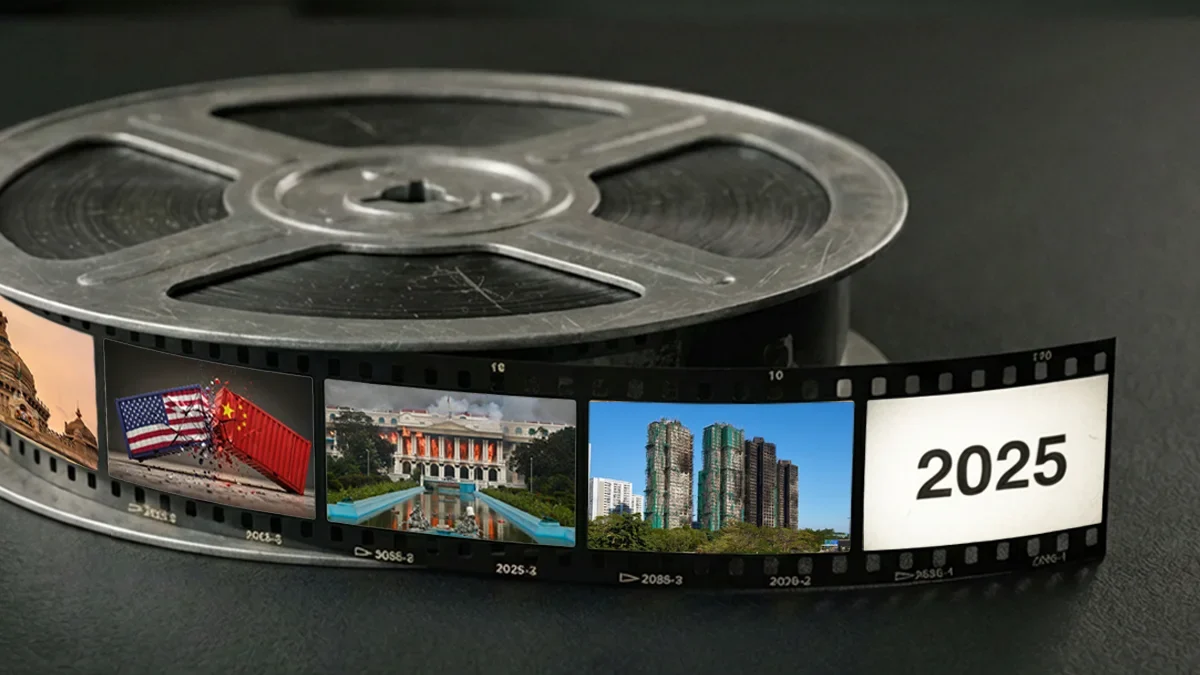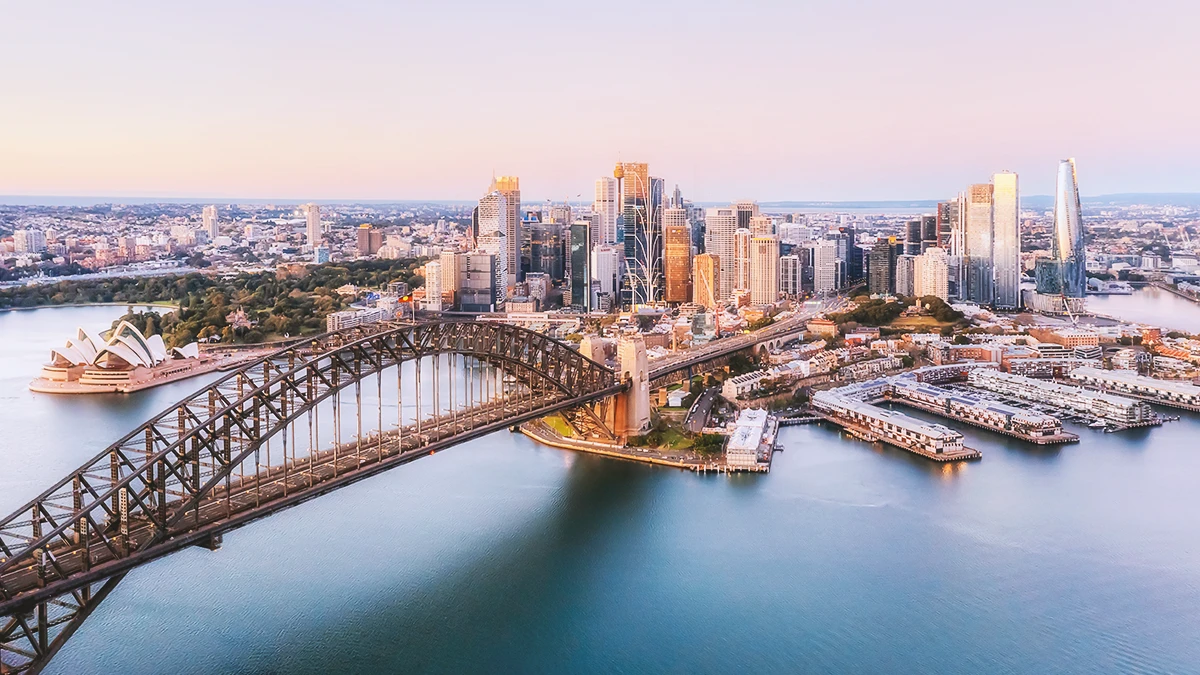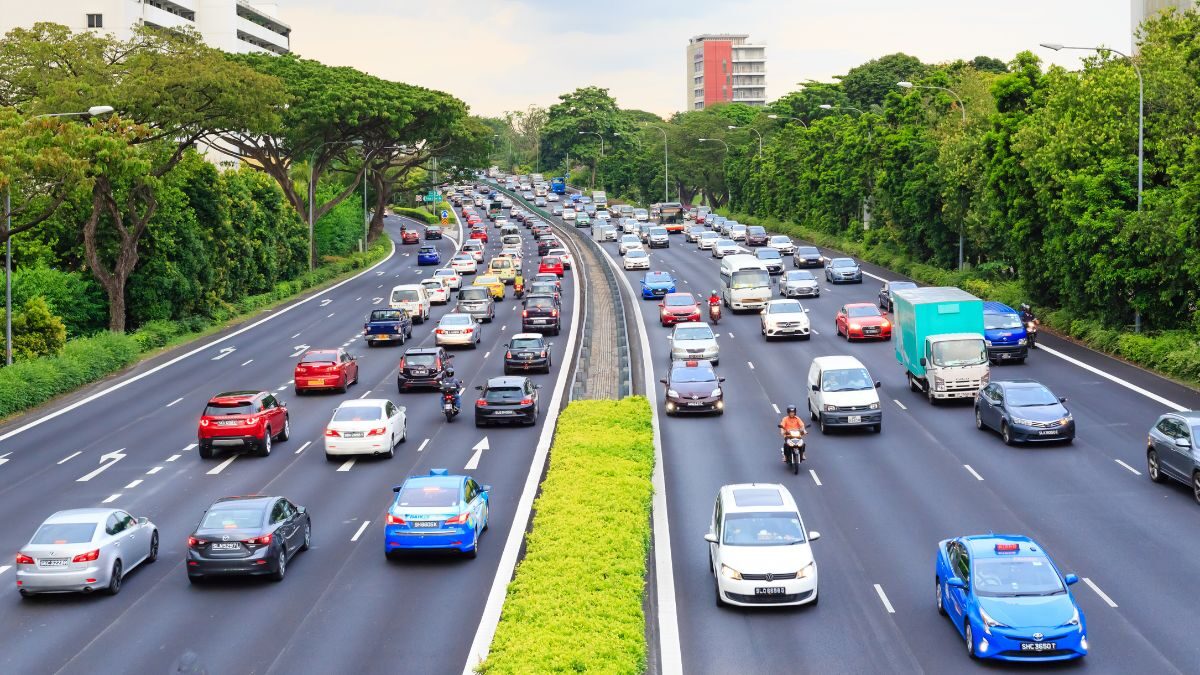(Re)in Summary
• The International Maritime Organization (IMO) has targetted the shipping industry to reduce the sector’s carbon intensity by ‘at least’ 40% by 2030 with alternative fuels a key plank of decarbonisation.
• New fuels bring new risks but a lack of experience data means that insurers are grappling with how to price cover on the new generation of vessels.
• The switch to new fuels means at least 800,00 seafarers will need training by the 2030s, a requirement which will pose a ‘challenge’ to the industry.
• A global liability framework convention for alt fuels is also absent, with the number of ‘unknown, unknowns’, adding to opacity over insurance pricing.
In March this year, the International Maritime Organization (IMO) outlined the latest stage of its plan for the global shipping industry to reach net zero greenhouse gas (GHG) emissions by 2050, with an interim aim of reducing the sector’s carbon intensity by ‘at least 40%’ by 2030.
Improved energy efficiency will play one role in reducing shipping’s GHG use, with a switch away from carbon heavy marine fuels the other. There is a wide choice of alt marine fuels; ammonia, hydrogen, methanol, LNG, biofuels, nuclear, and electric power generation are all options for shipping firms looking to reduce their carbon footprint.
There may be a panoply of alt fuel choice but Mark Smith, a UK-based Loss Prevention Senior Executive, covering the Nordics and Northern Europe at North Standard P&I Club, says that some will see a greater uptake than others.
“Methanol and ammonia are in focus in terms of Net Zero emissions for the shipping industry with LNG being considered a transitional fuel. And you can’t forget about biofuels; they aren’t cheap or widely available but their use will increase as the maritime industry heads into the next phase of energy transition,” Smith says.
The alt fuel switch poses a problem for insurers. With the exception of LNG none of them have been used to power ships before, meaning there is a lack of the experience data actuaries use to accurately model and price risk.

Er Jun
Marine Account Manager at LocktonNew fuels, new risks
Each fuel has different risk characteristics and utility for the shipping sector: ammonia brings toxicity risk, hydrogen is highly flammable, and electric power is unsuited as deep sea shipping fuel for the foreseeable future due to the sheer size of the battery storage required to power these vessels.
“This leads to the question of ‘how do we model risks posed by new fuels?’ The industry is at a crunch point in terms of modelling alt fuel risk,” says Er Jun, Singapore-based Account Manager in insurance broker Lockton’s, Marine division.
“There is enough data to accurately model LNG risk, but the big issue with insuring vessels powered by fuels such as ammonia or hydrogen, is that there are so few real life examples,” Jun adds.
These may be new fuels for powering shipping, but the underlying technology isn’t. Ammonia is now in use in shore based power stations, while its history as a fuel dates back to World War II when enterprising Belgian engineers used it to power a fleet of buses.
LNG’s history as a marine fuel has deeper roots. The liquefied gas first powered ships in the 1960s and has been in widespread use in the shipping industry since the turn of the Millennium. Satinder Singh Virdi, Head of Research and Development at classification society DNV says this experience data has utility in assessing a number of alt fuels’ potential risks.
Proxy data
“LNG, ammonia, and hydrogen are all liquified gases. The experience of using LNG as fuel can be used for other liquified gases brought into the engine room in order to extend the available experience data,” Virdi says.
Liquified gases have additional storage and marine architecture requirements compared with marine fuel oil. LNG for example is liquid at 162 degrees Celsius and requires a special storage tank, unlike oil which can simply be stored in the ship’s hull.

Mark Smith
Senior Executive at North Standard P&I ClubAmmonia and methanol also require bespoke storage and fuel conversion approaches and Smith cautions that there are limits to using LNG experience as a proxy data for other alt fuels.
He points to risks such as bunkering – refuelling – and the IMO’s requirements that all alt fuels vessels be dual powered bringing a new set of risks as potential issues.
“LNG may have its use in providing some background trends. But we need to be careful with this because alternative fuels’ risk profile changes due to issues such as bunkering and simultaneous operations.
Proxy historic data can give an indication of future risks. But the industry needs more relevant data for a complete risk analysis and assessment,” says Smith.
The good news is that the marine and insurance industry has sources of data from shipbuilding firms active in the alt fuel area and the timeframe to construct new vessels provides headroom to fill in the existing data gap, says Virdi.
Proprietary data
Ammonia field ships are now being designed and constructed and Virdi points to developments by leading marine engine manufacturers such as Finland’s Wartsila, and the Danish arm of Man Energy Solutions, as potential data sources to assess risks linked to energy transition.

Frederick Hawke
Senior Marine Account Manager at LocktonThe data from these developments are of course proprietary and Frederick Hawke, Singapore-based Senior Account Manager in insurance broker Lockton’s, Marine division says that a collaborative approach to information sharing between stakeholders in the shipping industry would be helpful in developing risk management models for emerging alt fuels.
“If information was shared from alt fuel pilot schemes about the risks, advantages and disadvantages their use involves it would help to model the risk. There has perhaps been some hesitancy so far in sharing this information,” Hawke says.
According to Lockton’s Jun, new fuels also bring additional training requirements, and while the exact risk profile of alt fuels is novel, the likely cause of any claims are all too familiar.
“The largest part of risk mitigation is down to how you prevent human error – it’s linked to roughly 80% of all insurance claims. It’s possible to engineer a lot of the hazards out of new fuels but there are limits to this risk mitigation approach.
This means training is very important when it comes to dealing with new systems and set-ups. Crew welfare is also of paramount importance,” Jun says.
Training ‘challenge’
According to research published by the IMO in 2021, the switch to alt fuels will involve training up to 800,000 seafarers by the 2030s and DNV’s Virdi says this could be a ‘challenge’, for the marine industry.
Drawing on his 10 years of experience as an LNG fuel trainer he says the adoption of new power sources means a framework has to be created for not just for a ship’s crew, but every element of the propellent supply chain.
“Everyone who handles these gases from production to consumption needs to be trained. It’s not only the people working on the ships, the supervisors also need to be trained, as do the regulators, and everyone from the manufacturer of liquified gases to the point where these fuels are consumed,” says Virdi.
“This requires a huge amount of planning, as getting these ships ready for voyage from the building stage is almost a two-year long process, keeping in view the delivery schedule of new builds,” Virdi adds.

Satinder Singh Virdi
Head of Research and Development at DNVThe marine industry’s recent experience of retraining crews to meet new requirements for low sulphur fuel brought in by the IMO in 2020 suggests that the switch away from fossil fuels entirely could be tricky, says North Standard’s Smith.
“Training for the switch to alternative fuels is a massive concern. The move to very low sulphur fuels wasn’t straightforward for the industry and that was a one dimensional change of switching from one fossil fuel to another. Now shipping firms are being asked to diversify much further and this requires specialised expertise,” says Smith.
Unknown, unknowns
The combined impact of data gaps and a potential training shortfall means there are what Hawke terms a number of ‘unknown, unknowns’ facing the insurance sector as it looks to assess the risks posed by alt fuels. He says that in the case of ammonia powered vessels the lack of data is hindering the amount of insurance capital into the sector.
“If the supply of insurance capital is restricted the price of cover invariably goes up. This means that right now it would be cheaper to insure an LNG vessel rather than an ammonia one,” says Hawke.
North Standard’s Smith says the issue of a lack of experience data for alt fuel powered vessels is exacerbated by the absence of a global liability framework convention for when methanol or ammonia used as a marine fuel, which further clouds the current picture on insurance pricing.
“Without a global liability framework for alternative fuels, there is no clear international regime providing for adequate, prompt and effective compensation for those who suffer loss or damage as a result of an incident with these fuels.
Frederick Hawke
Marine Account Manager at LocktonThe liability will be determined by regional or domestic laws, which vary from one jurisdiction to the next. From a P&I insurance perspective understanding how liability for a risk will be determined helps when pricing the risk. Clarity on liability, and any associated limitation of liability, would be improved with a harmonised framework globally,” he says.
Global liability framework
But while a global liability framework will provide insurers with greater comfort over their potential losses, Smith says that the key element relating to pricing comes back to the issue of data.
“As the industry learns more about these fuels it may have an impact on risk-based pricing. And that comes back to having good data,” Smith says.
Pricing alt marine fuel insurance may be a work in progress but Lockton’s Hawke says that shipowners will be able to get coverage in the short term with exact pricing worked out once actuaries have the requisite experience data.
Mark Smith
Senior Executive at North Standard P&I Club“If a large owner with a 20 year relationship with their insurers wants to take on an ammonia vessel, then the insurers we have spoken to are very supportive. If the insurer gets the pricing wrong they will learn from experience and the market will iterate to the correct price point.
In theory, there is a modelling approach to pricing alt fuel insurance but in reality it will be more reactive than proactive,” Hawke says.














